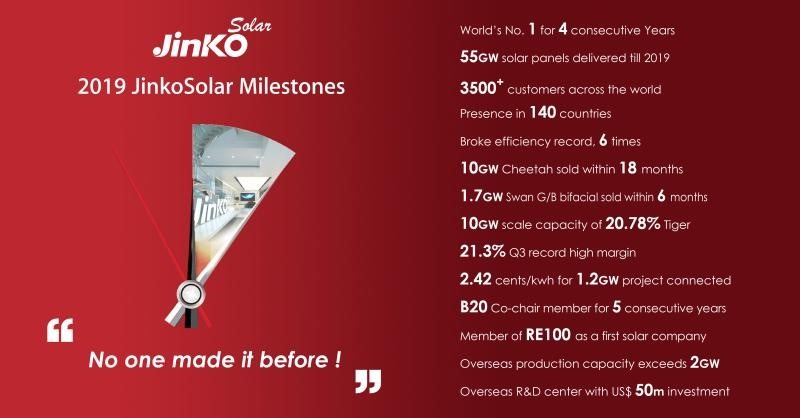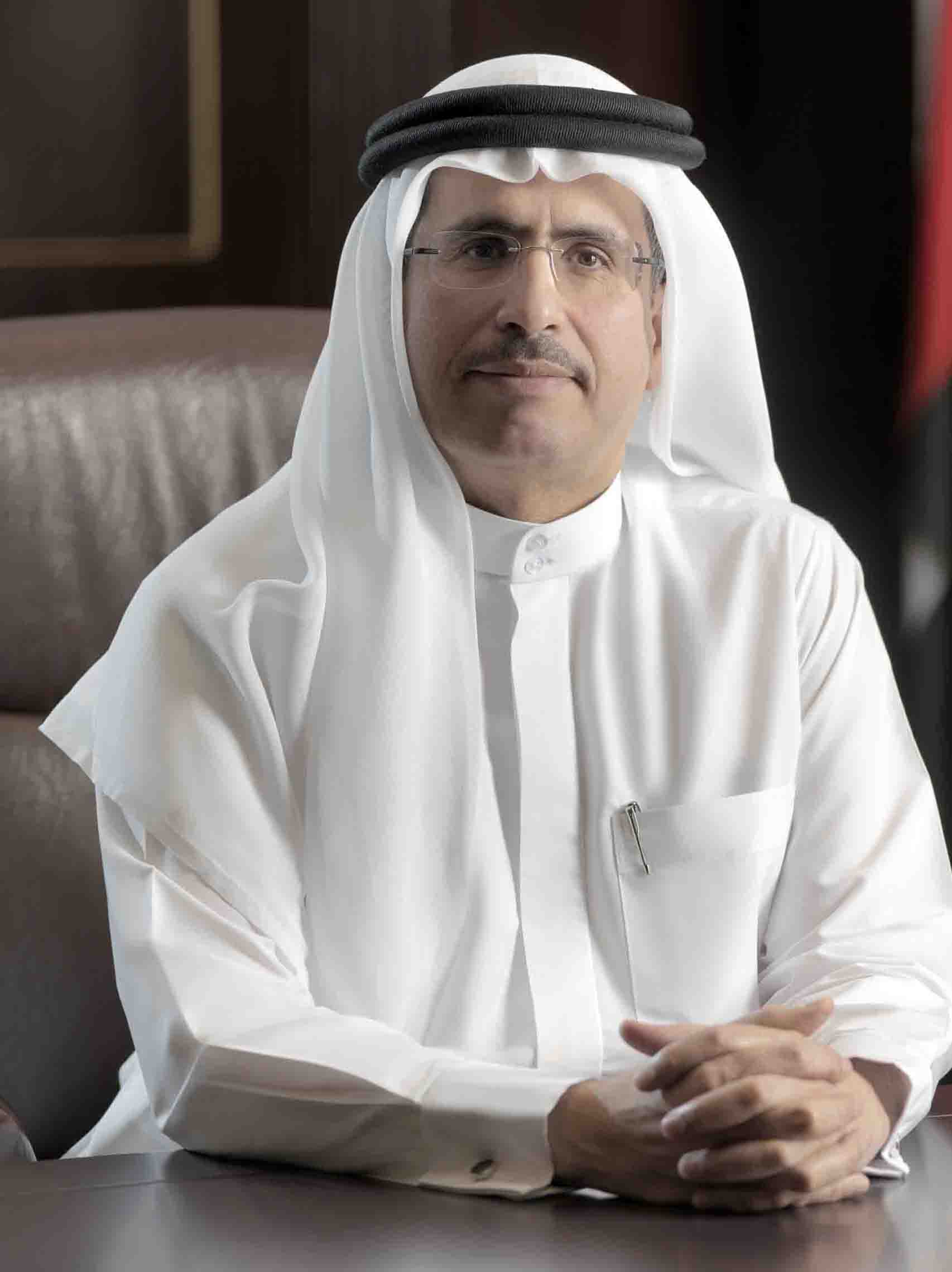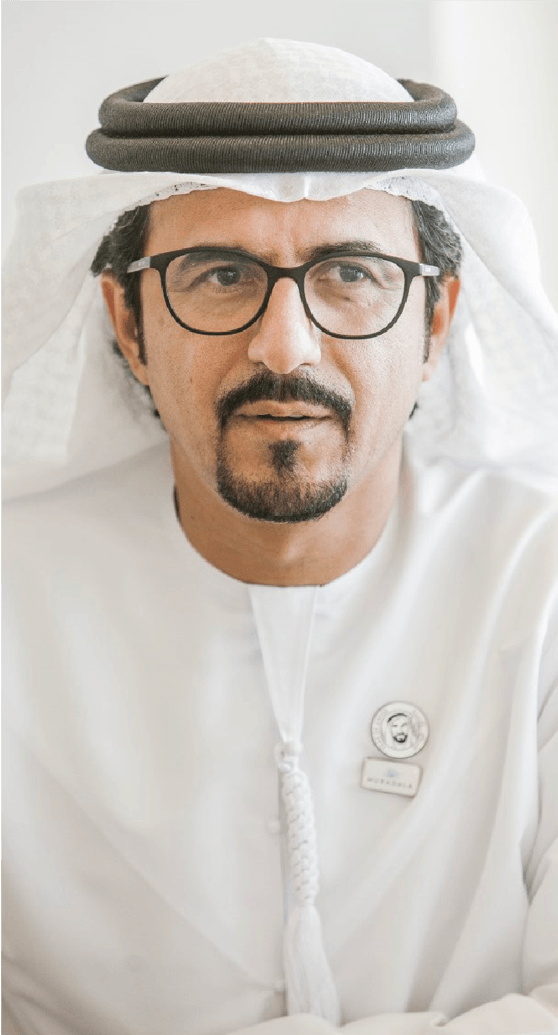Smelting for sustainability/ Sustainbility smelting pot
Interviews

August 7, 2018, 1:37 pm
How does Emirates Global Aluminium define sustainable development?
The principles of sustainability are embedded in everything we do at EGA. We are a strong supporter of the UAE Vision to ‘ensure sustainable development while preserving the environment, and to achieve a perfect balance between economic and social development’.
Sustainable development has been defined by the World Commission on Environment and Development as ‘development that meets the needs of the present without compromising the ability of future generations to meet their own needs’.
Aluminium has an important role in meeting the needs of today. It makes modern life possible, from high rise buildings to fuel efficient cars, from planes to electronics. As living standards rise, more and more people want these things so analysts who study our industry believe that demand for aluminium is set to rise over the long term.
We know that the challenge for us at EGA is to manage our economic, social and environmental impacts both in the UAE and the rest of the world, whilst also meeting the global demand for high quality aluminium.
There is clearly more to do, but we have made great progress as an industry and as a company.
You have reduced the amount of energy taken to produce a tonne of aluminium by 37.5% since 1980, how have you achieved this and what it your target going forward?
Aluminium smelting is energy intensive – it requires large amounts of electricity. Reducing the amount of energy we need to make each tonne of aluminium lowers both our costs and our environmental emissions.
We have our own natural gas-fired power plants at our smelters in Jebel Ali and Al Taweelah to provide electricity for our operations. EGA is the third largest power producer in the UAE after DEWA and ADWEA.
We focus both on producing electricity as efficiently as possible, and reducing the amount of electricity we use in our smelting operations.
On the generation side, it helps that our need for electricity is relatively constant as it is used to run a continuous industrial process. This is unlike generating electricity for a city, where demand varies during the course of each day and by season – just think about how much more electricity is needed for air conditioning in the summer compared to the winter and the challenges that creates for power providers. Our power plant at Al Taweelah is amongst the most efficient in the region.
On the other side of the equation, we have tackled the challenge of producing more aluminium with less electricity through research and development.
We have developed our own technology in the UAE for over 25 years. We are currently on the 10th generation EGA smelting technology and it is amongst the most efficient in the global aluminium industry.
We have used our own technology in every smelter expansion since the 1990s. We also recently completed a project to retrofit all our older production lines with our own technology.
EGA’s technology development has been a foundation of our global success. We also think of it as a contribution to the development of a knowledge-based economy in the UAE. In 2016 we became the first UAE industrial company to license our technology in a commercial deal with another aluminium company in the region.
Please can you outline your biodiversity support? What projects are you supporting locally?
We have programmes at all our sites to protect biodiversity and local habitats. EGA is an Emirati company – I believe our heritage as a nation of living and thriving in a challenging environment where we had to carefully husband our resources has an impact on how we think about this issue. Of course, we have inspiring guidance from the late Sheikh Zayed bin Sultan Al Nahyan, who taught us the importance of conserving our environment.
Our plant at Al Taweelah is in an area designated for industry, but it retains considerable ecological value. There are coral reefs, mangroves and seagrasses nearby. Quite close to us, Ras Ghanada was designated as a protected area under Abu Dhabi Plan 2030 and is known for its dense coral and seagrass habitats.
The area also retains considerable ecological value for marine fauna, including dugongs, green turtles, hawksbill turtles, orange-spotted groupers, blotched fantail rays, and Indo-Pacific humpbacked dolphins.
We use seawater in our process for cooling then return it to the sea. Marine life can be sensitive to changes in temperature, so we invested in cooling towers at Al Taweelah to reduce the temperature of water that goes back to the sea. These cooling towers are the largest in the UAE and their installation goes above and beyond what was required under the relevant local regulations.
Both Al Taweelah and Jebel Ali are on the coast, and we get turtles nesting on the beaches next to both sites. We preserve the natural nesting areas that they use.
On land there are diverse groups of mammals, reptiles, birds, invertebrates and plants, particularly at Al Taweelah. Before proceeding with any new development, we conduct surveys of resident species and relocate animals outside our area or to other suitable habitats further afield.
We are developing a bauxite mine in the Republic of Guinea in West Africa, where biodiversity is also clearly important. We have developed a biodiversity management plan, which aims to achieve at least no net loss to biodiversity. An important species that lives in the vicinity of our operations in Guinea is the West African chimpanzee. We have commissioned studies of these chimpanzees and are identifying sites for a suitable offset project
How does EGA support minimising waste going to landfills?
EGA has adopted the recycle-reuse-reduce philosophy to minimise waste generation and we have an on-going aim of zero process waste to landfill.
We believe that there is no waste that is not recyclable over the long-term. We just need to find the right economically-viable recycling solution. Often this involves other industries, as the by-products of one industrial process can be the feedstock for another.
Over 80% of the waste we generate at Jebel Ali is recycled, as is over half of the waste at Al Taweelah. A good example of this is spent pot lining, which is a by-product of aluminium smelting – it’s the worn out inner lining of aluminium smelting pots. The lining is typically replaced every four to five years. The global aluminium industry is thought to produce over one million tonnes of spent pot lining each year according to industry experts. In many places it is considered economically useless, so it is stored indefinitely or even sent to landfill.
However, spent pot lining contains both carbon, which is a fuel, and refractory materials which can survive very high temperatures. That makes it potentially useful.
We have been working with cement companies for some years now, here in the UAE, to supply them our spent pot lining for use in cement manufacturing. Doing that improves the environmental performance of both industries, so we think it is a tremendously positive thing to do.
Last year we supplied more spent pot lining to the UAE cement industry than we typically produce in a year. It’s a real success story.
How have you reduced your greenhouse gas emissions?
We have already discussed our technology development, and how it reduces both our costs and emissions. So, I would like to answer your question by talking about perflourocarbons, which are a group of greenhouse gases which have many times the global warming potential per tonne than carbon dioxide.
In the aluminium industry, reported PFC emissions are known to be associated with momentary process imbalances known as Anode Effects. These occur when the alumina concentration falls in the reduction cells in which aluminium is smelted. It’s an important environmental goal of our industry to reduce these emissions.
Through technology development and operational improvements, we have reduced the frequency of Anode Effects in our operations from an average of once every three days in each reduction cell in 2009 to less than once every 12 days in each reduction cell in 2017. We have also reduced the average duration of each Anode Effect, from 44 seconds in 2009 to below 21 seconds in 2017.
We have amongst the lowest PFC emissions in our global industry, but clearly as always there is more to be done.
How does EGA measure itself in terms sustainability by international standards?
EGA aspires to be measured amongst the world’s leading metals and mining companies in meeting our environmental and social responsibilities. It’s important to be humble about this – we have made some great progress, but every company has more to do and we can learn from each other.
We are members of various industry bodies to benchmark our progress and share knowledge. Last year, we became the first Middle East headquartered company to join the Aluminium Stewardship Initiative, which is a global programme to foster greater sustainability and transparency in the aluminium industry. It brings together organisations from miners to end-users such as technology and automotive companies.
The Aluminium Stewardship Initiative is working to set standards for what can be considered good performance in all areas of corporate responsibility and we are part of that process. It is also developing a system of performance certification based on those standards. This is a step forward for our industry as a whole, and as a responsible company we have a clear interest in supporting these developments.
Heavy industry has a bad name when it comes to environmental sustainability. How are heavy industries, such as yourselves, tackling public opinion?
We are in a heavy industry and, like almost everything human beings do, our work does have environmental impacts. Meeting the needs of today is part of that definition of sustainable development, and the world does need aluminium to make modern life possible. It’s our job to do that as efficiently as possible. We talk frequently about environmental responsibility, and advocate for progress like re-using waste in a circular economy. Ultimately, we want to see responsibility becoming a clearer commercial advantage, but for that to happen consumers need to care more about where the aluminium in their products comes from than perhaps some do today.
Photo Credit – www.miningglobal.com










